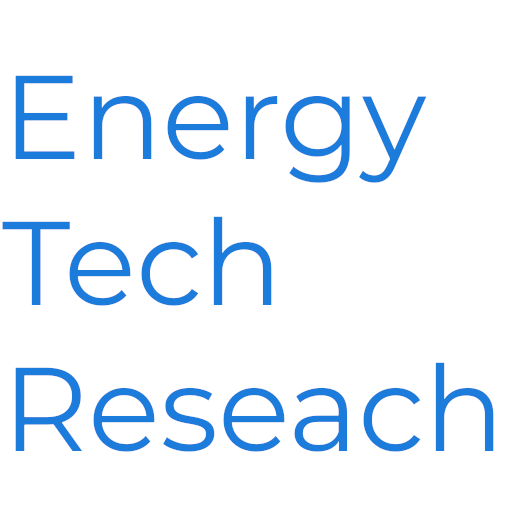
Renewable Energy
Renewable Energy
The renewable energy sector is experiencing unprecedented growth, driven by technological advancements, policy incentives, and global net-zero commitments. Our comprehensive research database focused on solar, wind, hydrogen, energy storage, and grid integration provides actionable insights for investors, developers, utilities, policymakers, and corporates looking to navigate and capitalize on this transformation.
With record-breaking renewable energy investments, rising energy security concerns, and aggressive decarbonization goals, access to real-time intelligence on renewable technologies, market shifts, and regulatory landscapes is critical for long-term success.
Stay Ahead of Market Trends
Get insights on emerging renewable technologies, including next-gen solar (perovskites, bifacial PV), floating offshore wind, and green hydrogen advancements.
Identify High-Growth Investment Opportunities
Track utility-scale renewable projects, corporate power purchase agreements (PPAs), and venture-backed clean tech startups.
Support Corporate Net-Zero Goals
Data-driven insights on corporate decarbonization strategies, renewable energy procurement, and ESG compliance.
Enhance Grid Integration Strategies
Research on virtual power plants (VPPs), energy storage technologies, and AI-driven grid management to support high renewable penetration.
Industry-Specific Case Studies
The renewable energy sector is rapidly evolving, driven by technological innovation, policy incentives, and market demand for clean power solutions. Below are key case studies that highlight how different industries are leveraging solar, wind, hydrogen, and advanced grid technologies to accelerate the energy transition.
Case Study: National Grid & AI-Powered Grid Management
National Grid partnered with Google DeepMind to develop AI-driven forecasting models that optimize renewable energy integration into the grid. By improving wind and solar power forecasting, the AI system helps reduce reliance on fossil-fuel backup generation, enhancing grid stability and efficiency.
Key Takeaway: Utilities need advanced AI, demand response solutions, and energy storage research to improve renewable energy reliability and cost-effectiveness.
Case Study: Microsoft & Ørsted’s Green Hydrogen Power Backup
Microsoft partnered with Ørsted to replace diesel generators with green hydrogen fuel cells at its data centers. This initiative is part of Microsoft’s goal to become carbon negative by 2030. Green hydrogen technology allows for zero-emission, long-duration backup power, reducing corporate carbon footprints.
Key Takeaway: Industrial energy users should explore hydrogen, battery storage, and microgrid solutions to replace fossil-based backup power and meet sustainability targets.
Case Study: Tata Power’s Solar Microgrids in India
Tata Power launched solar microgrid projects in remote Indian villages, providing reliable and affordable electricity to over 500,000 people. These microgrids reduce reliance on diesel generators, cut emissions, and enable economic growth through energy access.
Key Takeaway: Developing markets are embracing solar microgrids, battery storage, and decentralized energy solutions to expand energy access and economic development.